Daikon radish harvest time (Daikon radish seed to harvest time) – Growing daikon radish from seed
Grow daikon radish in field farming. The daikon I planted in early September has reached the harvest time, so I would like to harvest it.
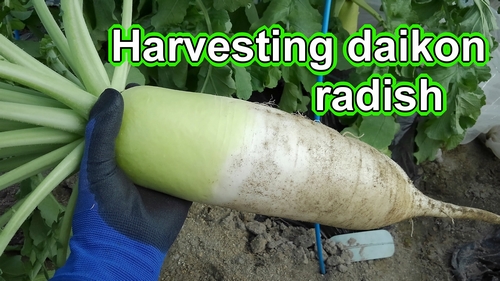
Similar to the daikon cultivated this season, radishes sown around August to September, and harvested around October to December, are called autumn daikon radishes. Since the harvesting time is in winter, they are also known as winter daikon radishes or autumn-winter daikon. (By the way, spring daikon radishes are sown around March to April, and they are harvested time around May to June.)
Daikon radish how to grow (Daikon radish maturity time)
We prepared the soil for daikon radish in early August. The fertilizer used for soil preparation is fully matured cattle manure compost and canola cake, which is the best fertilizer for daikon radish.
When preparing the soil for daikon radish, it’s important to thoroughly mix fertilizer and soil and to cultivate the soil well. (If there is an imbalance in fertilizer or if the soil is compacted, daikon roots may fork into two or three branches.)
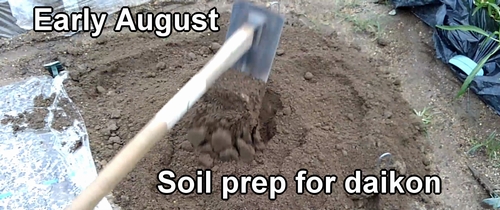
The sowing season for daikon was early September. For autumn daikon radishes, late August to early September is the appropriate sowing time.
For daikon seeds, we sow 4 seeds in one hole. If you miss the sowing time for daikon radish and the seeding is delayed, the daikon roots may not grow thick. It’s important to grow autumn daikon radishes large before winter, so let’s sow the seeds by late September.
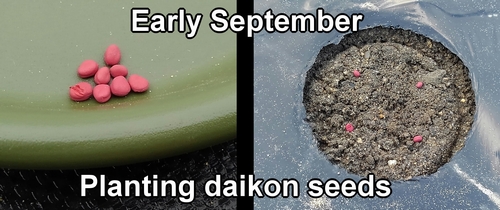
After sowing the daikon seeds, we water them and install insect netting. Since daikon radishes from the mustard family are prone to insect damage, it is recommended to cultivate them under a grow tunnel.
Choosing grow tunnel helps reduce the risk of pests, but it’s also important to visually inspect them. (Aphids and cutworms, for example, can invade through gaps in the tunnel.)
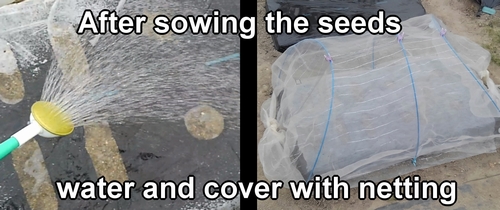
The thinning of daikon starts from mid-September, just after germination. Thinning is done 3 times. The thinning method for daikon is to cut the base with scissors. Pulling it out by the roots can damage the remaining daikon, so using scissors is a safer option.
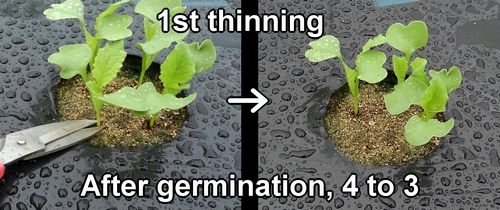
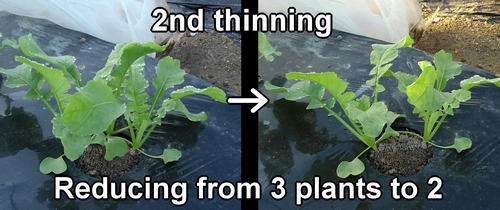
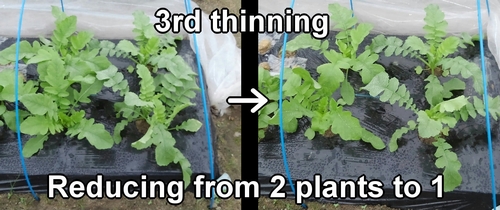
The thinning pace depends on the growth of the daikon, but I think it’s just right to thin one plant about every week. The thinned daikon can be eaten as thinning greens. The way to eat thinned greens is to stir-fry them if there is a lot, and if there is a small amount, it is recommended to use them as ingredients for miso soup.
I grew daikon radishes this year without applying additional fertilizer, unlike last year. The base fertilizer I added during the soil preparation for daikon radishes worked well, and I think the continuous good weather also contributed.
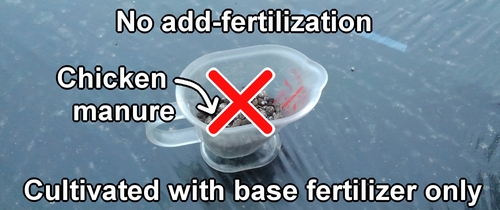
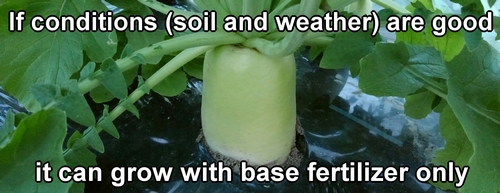
I’m not sure if there’s a direct correlation, but this year, without additional fertilization, the occurrence of aphids seems to be under control. (Last year, when I fertilized, there was a major aphid outbreak, and it was quite troublesome.)
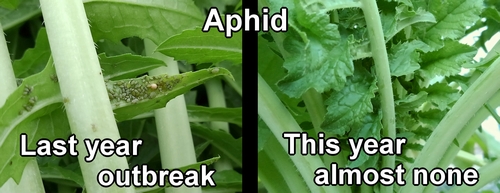
Harvesting daikon radish (Japanese white radish harvest time)
Harvesting season for daikon radishes sown in early September for autumn daikon, starts around early November. (If the sowing time is delayed, the harvesting season will also be pushed back.)
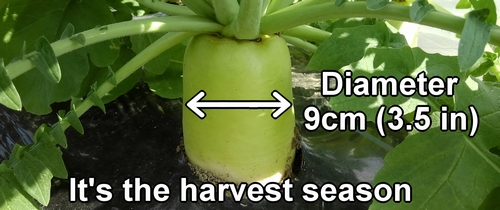
The harvest guideline for daikon radish is when it reaches a diameter of 8 to 10cm (3 to 4 inches). To harvest, firmly grasp the base of the daikon plant and pull it out.
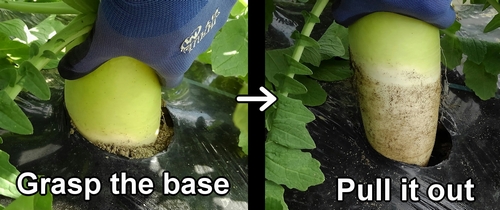
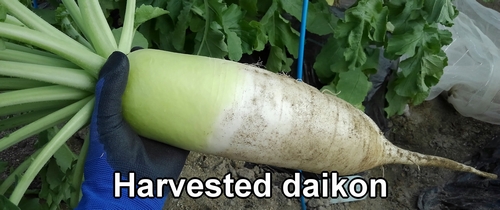
When daikon radishes reach the appropriate thickness for harvest, it’s fundamental to pick them promptly. However, an alternative method is to expose them to the cold of winter to enhance sweetness before harvesting.
Cold exposure enhances the sweetness of daikon radishes, but there are also points to be cautious about. When left in the soil for an extended period, daikon radishes may become spongy. If the harvest is delayed too much, daikon radishes may crack, so be cautious.
The harvested daikon was about 25cm (9.8 inches) long. Daikon radish leaves are also edible. The daikon radish leaves are delicious when chopped and used as ingredients in miso soup or stir-fried with sesame oil.
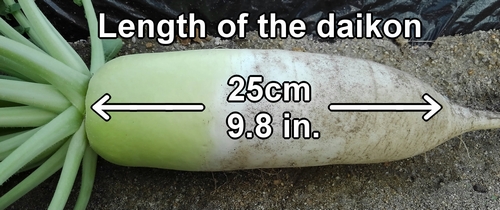
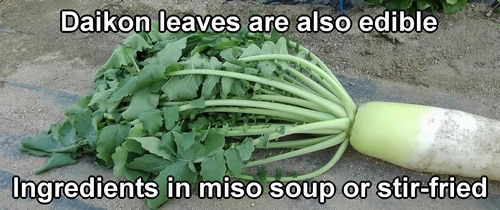
I want to harvest the remaining 3 daikon one by one while observing their condition.
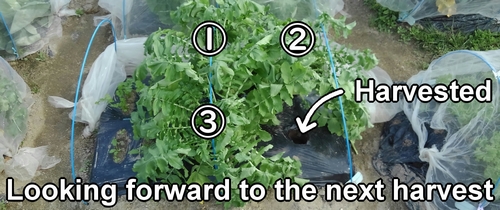
Following is the video for how-to. English subtitles are available.
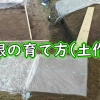
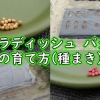
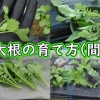
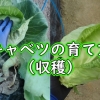
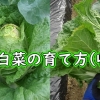
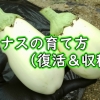
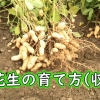
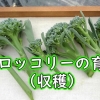
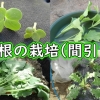
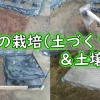

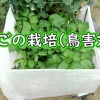
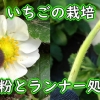
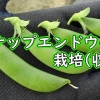
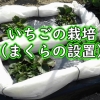
Discussion
New Comments
No comments yet. Be the first one!